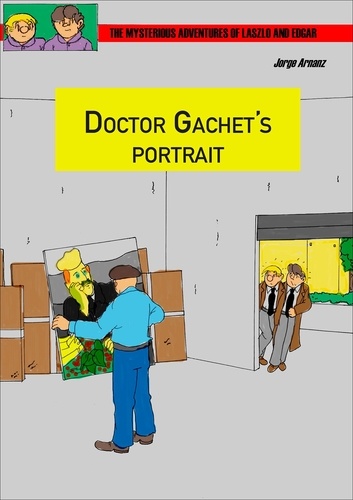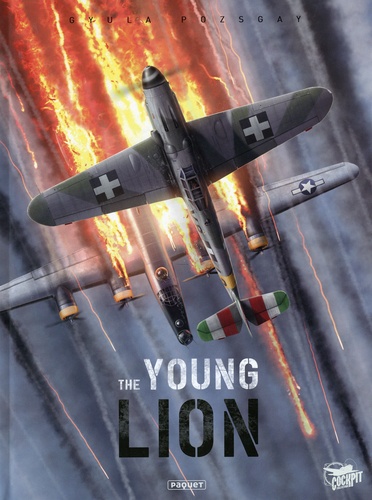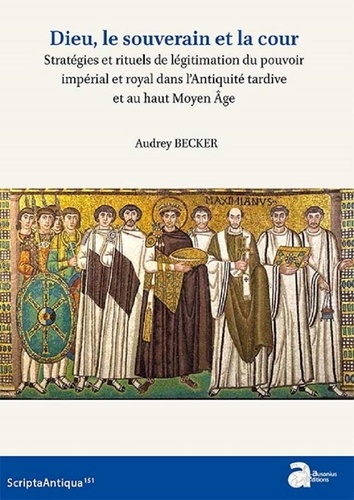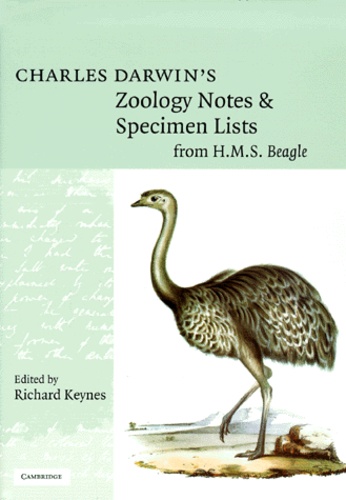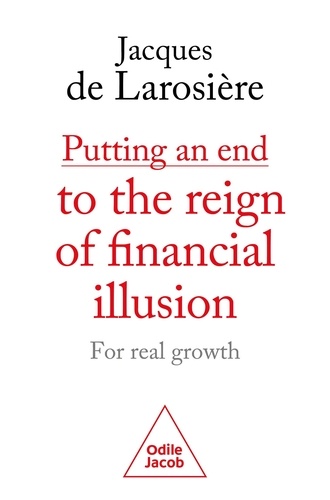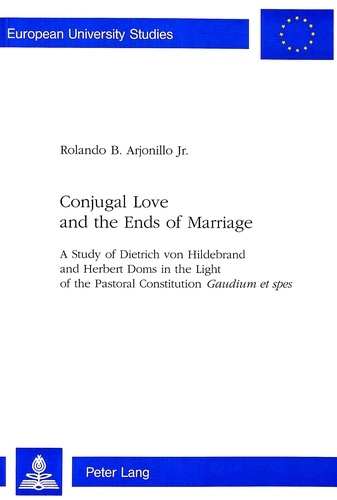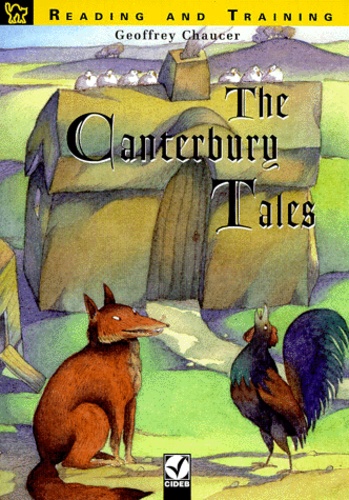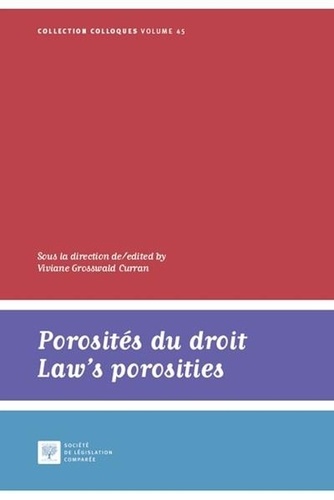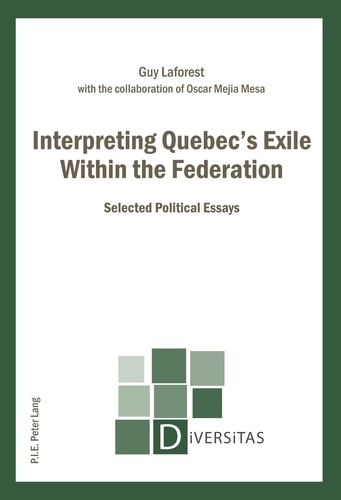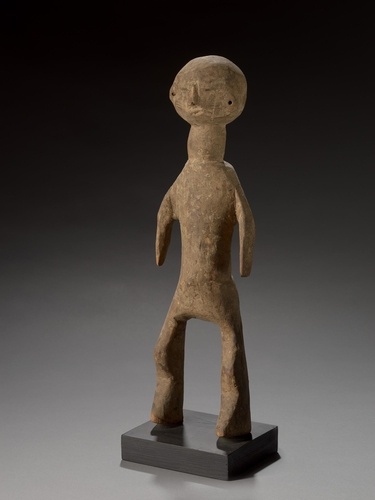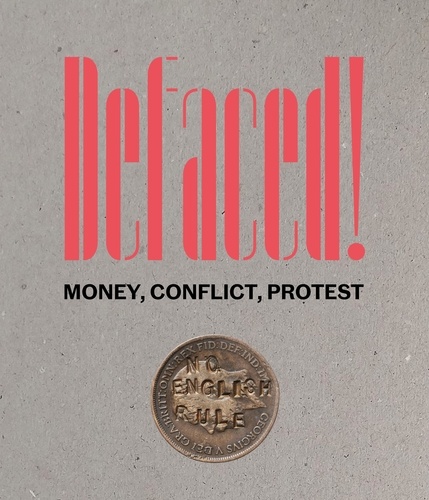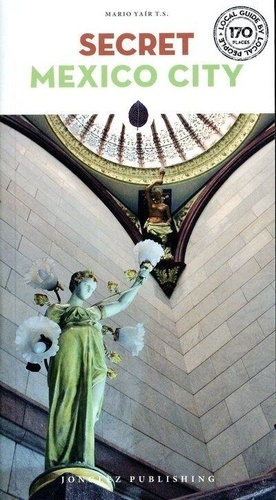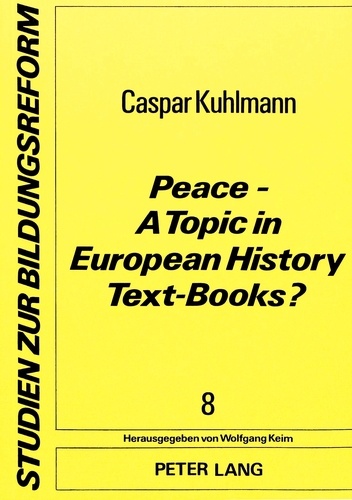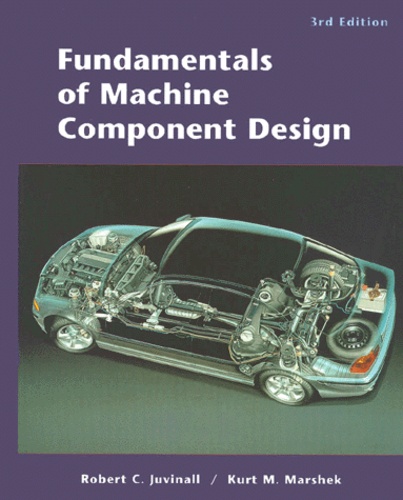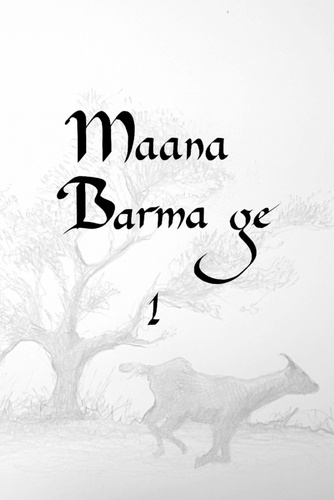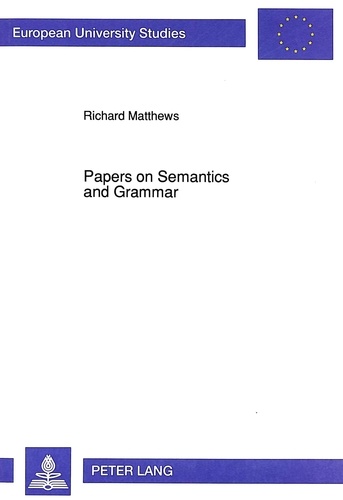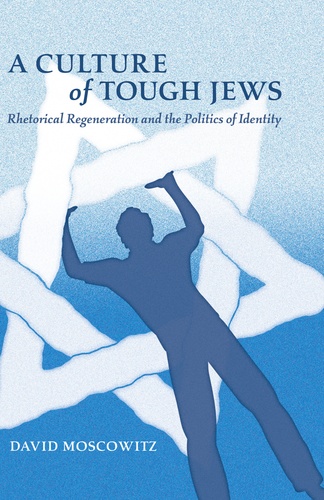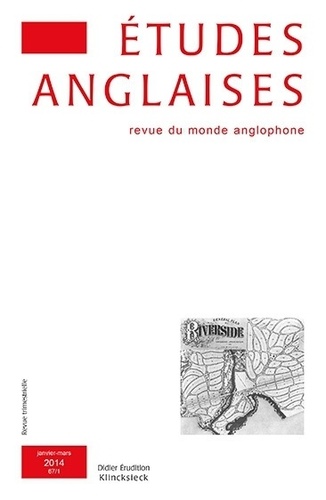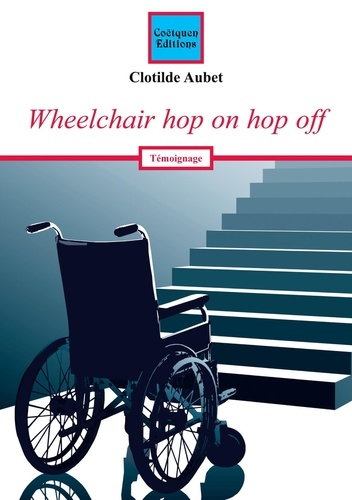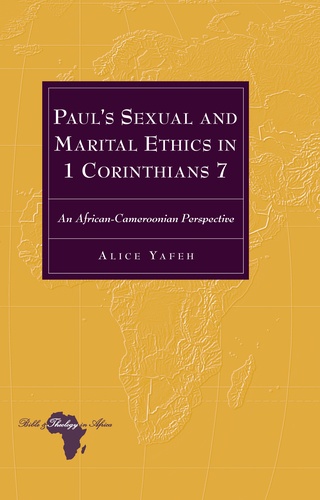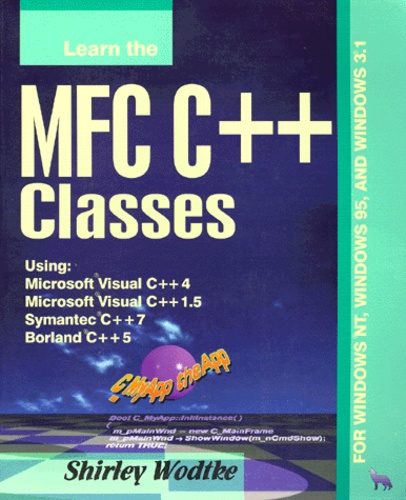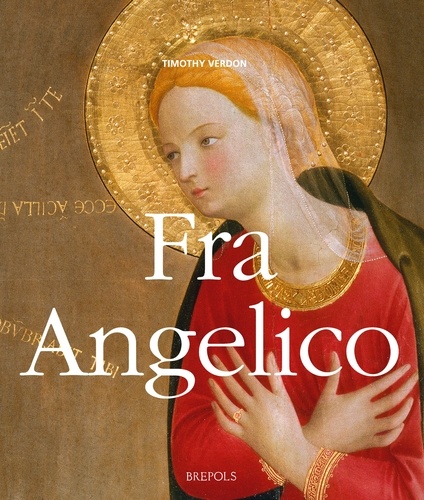Études anglaises - N°1/2014
Claire Vial : Clothing the debate : textiles, text-isles and the economy of gift-giving in four Middle English Breton lays Textiles, both as clothes and elements of the codified knightly costume, play a major structuring role in the Breton lays. Whether embodied in recurring poetic motives or staged in descriptive pauses, these text-isles, or recognisable textual islands, contribute to the spiralling aesthetic of the Breton lays with issues of their own, involving narrative and character development, processes of social signposting and potential theatricality. Pièces d'étoffes, vêtements, éléments du costume chevaleresque... sont dotés d'une fonction structurante majeure dans les lais bretons en moyen-anglais. Sous la forme de motifs poétiques itératifs ou de pauses descriptives singulières, ces îlots textuels récurrents participent de l'esthétique en spirale caractéristique des lais anglais, qu'ils enrichissent de problématiques qui leur sont propres, liées au développement des personnages et de l'intrigue, à l'affichage du statut social et aux effets de théâtralité. Denis LAGAE-DEVOLDERE : "Nothing of what is writ" (4. 2. 199) : silenced texts in Measure for Measure Focussing on an aspect often neglected by critics, this paper suggests a word-by-word exploration into the trajectory of the various written texts, letters or "writs" in Measure for Measure. With the New Historicism notion of negotiable, volatile authority/auctoriality, this is an attempt at probing into the political and dramatic consequences of the letter-writing activity and its implications on the ever slippery notion of truth. Such "writs" are turned into instruments of manipulation, and deceit, which defy reason, and call for what one could call blind faith, from both the characters on stage and the off-stage audience. En s'intéressant à un aspect souvent négligé par la critique, cet article propose une analyse détaillée de la trajectoire des messages écrits dans Measure for Measure. Il examine les conséquences dramatiques et politiques de l'activité d'écriture frénétique, notamment celle du Duc Vincentio, producteur de textes à la fois vrais et faux, lus ou tus, à suivre à la lettre ou à lire à l'envers. On verra ainsi comment Shakespeare utilise la chose écrite et l'événement d'écriture pour en faire un signifiant dramatique qui est bien plus qu'un procédé? : par-delà les notions d'autorité et d'auctorialité ainsi mises à mal, les textes de Measure for Measure interrogent le concept de connaissance et celui de vérité, explicitement décliné dans sa version plurielle, et invitent les personnages comme les spectateurs à un acte de foi dramatique. Guyonne Leduc : The dramatic import of letters within letters in Frances Burney's Evelina (1778) That no attention has been paid to the rather numerous letters within letters in this epistolary novel might seem surprising for any critic studying Evelina. Yet a careful reading of those letters within letters, that seem to pass unnoticed in a novel where sight is the most important of the five senses and where the (mis) interpretation of signs is central, proves rewarding if only from a dramatic viewpoint. Indeed, some of those (enclosed, copied, mentioned, commented upon, etc.) letters within the letters collected by the "editor" trigger not just one of the two plots (the quest for Evelina's name and, at least, social identity) but also changes in geographical places, new turns in the two plots (the second one being the love plot), a comic episode, etc. If some of them thwart the reader's expectations, all of them make it possible to approach one of the key issues broached in the novel. Les lettres dans les lettres, pourtant assez nombreuses dans ce roman épistolaire, n'ont pas retenu l'attention, ce qui peut paraître étonnant pour quiconque étudie Evelina. Pourtant, une lecture minutieuse de ces lettres dans les lettres, qui semblent passer inaperçues dans un roman où la vue est le plus important des cinq sens et où l'interprétation (erronée) des signes est centrale, s'avère fructueuse, ne serait-ce que du point de vue dramatique. En effet, quelques-unes de ces lettres (incluses, recopiées, mentionnées, commentées, etc.) dans les lettres collationnées par l' "éditeur" déclenchent, non seulement l'un des deux intrigues (la quête du nom et de l'identité, au moins sociale, d'Evelina), mais aussi des changements géographiques, des tournants dans les deux intrigues (la seconde étant l'intrigue amoureuse), un épisode comique, etc. Si certaines déçoivent les attentes du lecteur, toutes permettent d'aborder l'une des questions-clés traitées dans le roman. Jean-François BAILLON : Tableaux vivants, still lives : tracing Terence Davies in The House of Mirth (2000) This article attempts to trace the presence of Terence Davies as author of The House of Mirth through three distinct but concurrent strategies. First, the recurrent use of symmetrical patterns at every level appears to link the film to Davies's previous output and signals the presence of a mega-narrator. Secondly, the structuring reference to classical Hollywood melodrama can be referred both to Davies's previous films and to his own personal taste. It is also a way for him to claim his attitude to the source material as fundamentally cinematic. Lastly, self-referential scenes at key moments in the narrative foreground the nature of the film as artefact. Cet article tente de repérer les traces de la présence de l'auteur Terence Davies dans The House of Mirth au moyen de trois procédures distinctes mais convergentes. D'abord, l'usage récurrent de figures symétriques à tous les niveaux relie le film à la production antérieure de Davies et signale la présence d'un méga-narrateur. Ensuite, la référence structurante au mélodrame hollywoodien classique renvoie aussi bien aux films précédents de Davies qu'à son propre goût personnel. C'est aussi pour lui un moyen de revendiquer l'essence profondément cinématographique de son attitude envers le texte-source. Enfin, quelques scènes autoréférentielles situées à des moments clés du récit mettent en avant la nature du film comme artifice. Antoine CAZE : Helen in Egypt et Trilogy : les écritures de guerre de H. D. Toute l'oeuvre de H. D. s'enracine dans l'expérience de la guerre. Cet article s'attache à montrer comment cette condition première de l'écriture conduisit la poète américaine à inscrire les grandes séquences poétiques que sont Helen in Egypt et Trilogy dans l'intervalle qui à la fois relie et sépare les modes épique et lyrique. En dépit de l'ordre de composition de ces deux recueils - le premier étant postérieur de dix ans au second - la récriture du mythe qu'est Helen in Egypt, transposant l'épopée sur un mode lyrique, est ici envisagée comme le creuset dans lequel se forge l'écriture de Trilogy : événement traumatique à maints égards pour H. D. , la guerre dont se nourrit son imaginaire ne peut en effet être abordée qu'à rebours du temps, dans une logique de l'après-coup (Nachträglichkeit) que rejoue ici la relation entre mythe antique et histoire contemporaine. La voix à la fois transpersonnelle et intime que crée H. D. dans Trilogy - celle d'une "communauté lyrique" - peut alors être comprise comme la tentative d'une médiation qui lui permettrait d'articuler le trauma. H. D. 's entire oeuvre is premised upon the experience of the war. In this article, I attempt to show that such a seminal condition for her writing led H. D. to pitch the tone of her war-related poetic sequences-Helen in Egypt and Trilogy-in the middle ground between the epic and the lyric. In spite of the chronological order of composition of these two books, the first written some ten years after the second, I contend that H. D. 's re-writing of the Helen story, transposing it from the epic to the lyric, can be understood as the crucible in which the materials for Trilogy are melted. For indeed, H. D. can deal with the traumatic event of the war, which so deeply affected her imagination, only by going against the current of time, according to a logic of the aftershock (Nachträglichkeit) which is structurally implicit in the way she intertwines Greek myth with twentieth-century history. The poetic persona which H. D. creates as a speaker in Trilogy, both transpersonal and intimate, may thus be seen as an attempt on her part to mediate and articulate trauma. Yves FIGUEIREDO : De Mount Auburn à Central Park : aux origines du park movement Le park movement américain a été très largement étudié et historicisé depuis les années 1970, mais ses origines ont fait l'objet de peu d'études. Il serait le produit de l'action combinée de trois facteurs : urbanisation et industrialisation, développement du tourisme et des loisirs, renouveau du regard sur la nature. Cet article examine les limites de ces interprétations sur la période précédant immédiatement la création des premiers parcs et étudie l'apport des cimetières paysagers au développement du park movement. The American park movement has been extensively studied and historicized since the beginning of the 1970s, but its origins have been little documented or analyzed. It is understood as resulting from the combined action of three factors : urbanization and industrialization, development of tourism and leisure, evolving perceptions of nature. This paper examines the limits of such interpretations on the period immediately preceding the foundation of the first parks and studies the contribution of rural cemeteries to the park movement. Andrew DIAMOND : Cutting through the "Fog of War" : World War II and the fracturing of the New Deal order in the urban North While the New Deal created a new relationship between ordinary citizens and the federal government with its work relief programs, welfare system, and laws protecting organized labor, this relationship began to sour in a northern wartime context marked by massive black migration, widespread racial conflict, and increasingly militant civil rights organizations. Pressured by black mobilization and the outbreak of violent civil disorders in major war production centers between 1941 and 1943, federal, state, and city authorities moved to create a range of race relations organizations devoted to fighting racial discrimination and fostering interracial cooperation. These organizations, some which were of a quasi-official nature, quickly became fixtures on the local political scene, playing active roles in countering the campaigns of whites to keep blacks out of their neighborhoods and to retain the privileges of whiteness at work. What follows constitutes an attempt to understand how white residents and workers perceived and responded to these new race relations organizations. I will argue that in the eyes of average white residents and workers whose interests seemed to run up against them, the proliferation of these organizations worked to recast the role of the state from protector of the working man to protector of black rights, thereby fracturing the young New Deal order. Le New Deal a mis en place une nouvelle relation entre les citoyens ordinaires et le gouvernement fédéral grâce à ses programmes de création d'emplois, son système d'assistance sociale et ses lois protégeant les droits des ouvriers. Mais cette relation commença à se détériorer dans le contexte de la mobilisation du Nord pour la guerre, caractérisé par une migration massive des Noirs, des conflits raciaux fréquents et des organisations noires de droits civiques de plus en plus militantes. Sous la pression des organisations de défense des droits civiques et des troubles violents qui éclatèrent dans les grands centres de production militaire entre 1941 et 1943, les autorités fédérales, ainsi que celles des Etats et des municipalités créèrent toute une série d'organisations chargées de lutter contre la discrimination raciale et de promouvoir la coopération interraciale. Ces organisations, dont certaines étaient quasi-officielles, devinrent rapidement des éléments essentiels de la scène politique locale, et jouèrent un rôle actif pour contrer les campagnes des Blancs visant à maintenir les Noirs en dehors de leurs quartiers et à conserver sur leur lieu de travail les privilèges attachés à la peau blanche. Cet article essaie de comprendre comment les habitants et les ouvriers blancs des villes du Nord ont perçu ces nouvelles organisations chargées des relations interraciales. Il défend l'idée selon laquelle, aux yeux des habitants et ouvriers blancs ordinaires dont les intérêts se heurtaient aux objectifs de ces organisations, leur prolifération a contribué à transformer leur vision du rôle de l'Etat du protecteur du travailleur en protecteur des droits des noirs.
05/2014
